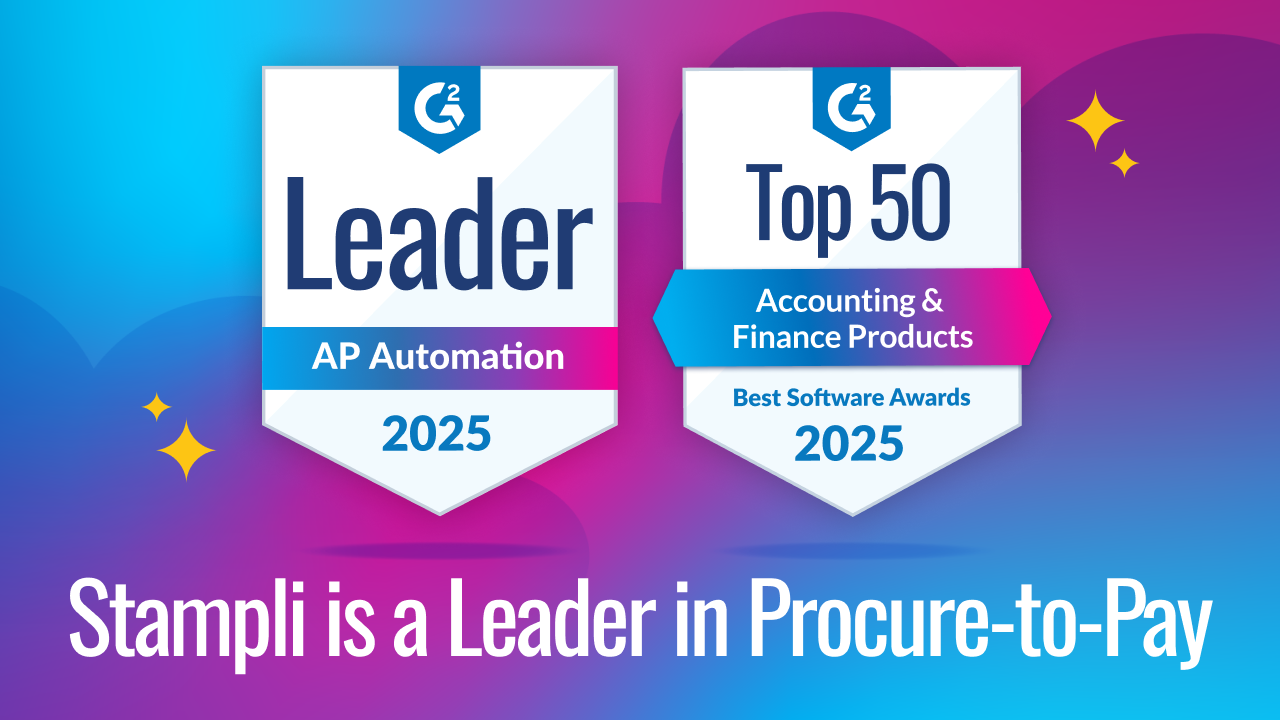The Social CFO – Mastering Storytelling for Results (Pt II)


By Ernie Humphrey, CTP
In my first blog in this blog series designed to empower CFOs to lead across and beyond the enterprise, I shared five examples of warning story plots to leverage to communicate with impact.
In this blog, we are going to explore motivating story plots and how to use them.
Motivating Story Plots
The motivating story plot inspires passion in people who want something to happen and are vested on a personal level to achieve it. You connect to people on a personal level and light a fire in each person to act and take personal accountability for outcomes. This storytelling strategy may not be comfortable for most CFOs, but CFOs do understand passion and know the joy in seeing a personal vision come to reality.
Five types of motivating story plots are:
1. Answer the Call: talk about the value of joining the cause and being on the team. When you use this storytelling plot, you are helping people envision the great things that will happen if they heed a call to action.
An example:
“A CEO shares his journey of founding a company based on the frustrations he felt as a CFO in dealing with accounts receivable during the interviewing process with leadership candidates. He also takes time to share this story with each new employee as part of the employee onboarding process. This company reaches unicorn status (when a privately held startup company valued at over $1 billion) in less than five years.”
2. Pursue the Reward: talk about the benefits of investing intellectual capital and hard work to help a vision come to life.
An example:
“A CEO asks a successful finance professional to invest his brand and talents to help achieve something that is needed and has never been done before, a noise-free online community for finance leaders. This person shares the vision, and an online community of over 30,000 finance leaders comes to life in less than four years.”
3. Overcome the Obstacle: talk about the value of overcoming an unforeseen obstacle. People relate to this type of storytelling because we all have had to think on our feet to adapt to a potentially devastating event in real-time.
An example:
“Jon was on a call with VC investors across the globe. A key piece of his pitch was a live demo of his product. When Jon tried to connect to the demo, nothing happened. Jon did a quick pivot as his company co-founder worked through the issue. Jon was able to watch his text messages to see when the issue was resolved and made a flawless transition to the demo. A big investor told Jon he knew what happened and was so impressed with his ability to react in real-time he invested $100 million in Jon’s company.”
4. No Pain No Gain: talk about the value of persistence in achieving a goal. Nothing worthwhile comes without great effort and failures along the way.
An example:
“As a young man, Abraham Lincoln went to war as a captain and returned as a private. Afterward, he was a failure as a businessman. As a lawyer in Springfield, Lincoln was too impractical and temperamental to be a success. When he turned to politics, he was defeated in his first try for the legislature and again defeated in his first nomination attempt for congress. Lincoln became a president whom many see as the most impactful leader in the history of the United States.”
5. Savor the Victory: talk about the amazing success achieved through teamwork. There is no “I” in team.
An example:
“ESPN just aired a 10-part series, “The Last Dance.” There is the perception that Michael Jordan felt as if he was the only person that allowed the Chicago Bulls to win 6 NBA championships. Jordan conveyed and stated that the Bulls would have never won a single championship without his teammate Scottie Pippen, many other teammates, the coach Phil Jackson, and the front office of the Bulls. The city of Chicago and basketball fans across the world still enjoy the journey of the Bulls’ six championships, over 50 million people have watched all or part of “The Last Dance” so far.
In my next blog, I will focus on the role of technology in effective storytelling. If you want to learn more about becoming a Social CFO, visit our Social CFO blog hub.




